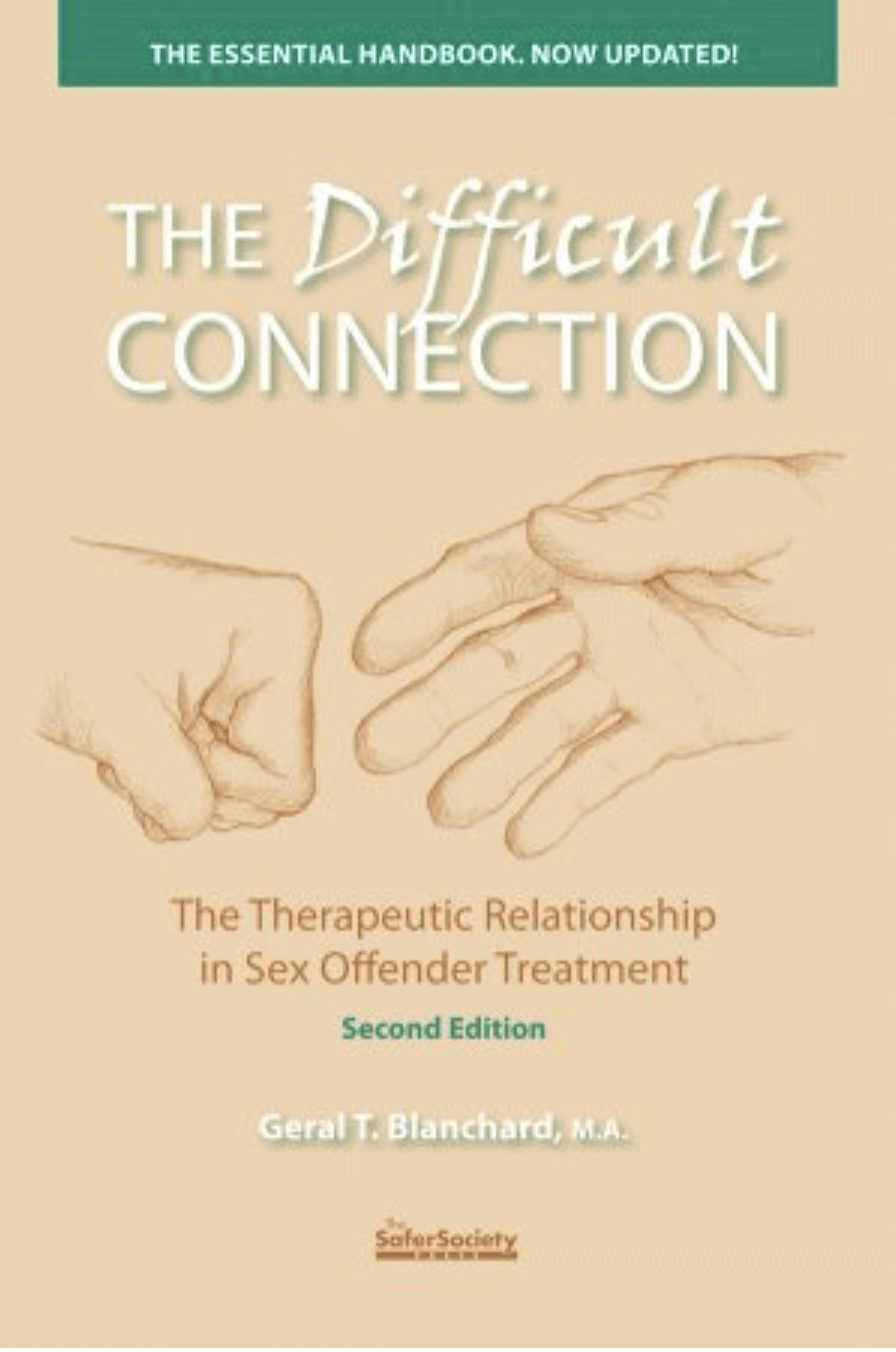Geral Blanchard, LPC, is a psychotherapist who is university trained in psychology and anthropology. Formerly of Wyoming and currently residing in Iowa, Geral travels the world in search of ancient secrets that can augment the art and science of healing. From Western neuroscience to Amazonian shamanism, he has developed an understanding of how to combine old and new healing strategies to optimize recovery, whether from psychological or physical maladies.
Getting to know resistance, getting to know your patient
There's no such thing as a resistant patient
This article has two intentions:
- to define the clinical term resistance and
- to determine when it is healthy and when it is unhealthy.
Resistance:
A subtle, overt, or even aggressive display of opposition to how they are being treated. It must be understood that resistance can be a normal and often protective human behavior that occurs with almost every person who desires, or is pushed into making, changes in their behavior or lifestyle.

For control driven therapists – prison workers, parole officers, child protection workers, assistant principals, and overscheduled therapists, as a few examples – any noncompliance to institutionalized rules may be classified as defiance. Professionals who may not be very self-aware often, and sometimes out of their own needs to be efficient and in the driver’s seat, hastily personalize the patient’s response and see it in simple terms, as little more than defiance. This can bring on punitive consequences and encourage still further resistance on both sides.
It is too simple to categorize resistance as a pathological feature or even as inherently problematic. It can be a very helpful window to understanding people, a way to find out what threatens a seemingly threatening patient. It is an opening to human understanding if first approached with curiosity and respect rather than harsh judgments or a desire to shut it down.
Often this assertion of honor over one’s life is born of a sense of powerlessness, which is compensated for with displays of power, control, or resistance. Looking in on the “fish bowl” of therapy, both parties can be equally afflicted and oblivious to the unfolding process. They can get swept up in an emotional battle.
Shaming and blaming are common precipitating factors. Being insensitively or judgmentally exposed for their mistakes, a patient will naturally resist anyone – often someone that is reminiscent of an emotionally abusive parent or partner – who rubs their nose in their missteps, particularly when it is done in a public setting.
Resistance shows up when there is a control imbalance. If a domestic abuser constantly attempts to control his wife, expect her to resist a police officer who tells her to just “leave the bum,” as if it is that simple.
Jeffrey Kottler, a brilliant and self-aware psychotherapist wrote in Compassionate Therapy, “…when clients are difficult it is because they are trying desperately to maintain homeostasis in their lives.” So, talk about it.
From my experience, minorities -- especially Native Americans and African Americans -- particularly after intergenerational and institutionalized discrimination and persecution, could easily be diagnosed as pathological if they did not resist authority figures who refuse to get to know them and the full context of their life experiences. When we see signs of learned helplessness and masochism, people are often branded as being submissive, overly compliant, or servile.
The dominant majority society often places resistant persons in a “drama of evil,” a simplistic world of good guys and bad guys that demonizes them. This alienating form of moralization is a lazy person’s way of avoiding the responsibility of getting to know their client.
In the book Engaging Resistance, Flinton and Scholz said of their work with sexual abusers, “Our contention is that many obstacles that impeded successful treatment, which were once seen as the ‘offender’s problem,’ can be overcome by changing the change agents.” It starts with the helpers truly being helpers. They went on: “Redefining resistance begins with redefining our goals as change agents. If our daily interactions with clients pathologize them, find shortcomings, and create ostracism, we’ll probably achieve these results and end up with individuals who may be worse off than when we met them.” At that point, helpers tend to rebrand the client as "resistant" and that simply deepens client resolve not to cooperate with persons they believe don’t have their best interests at heart.
If we explore the passionate reasons that can fuel noncompliance or even obstructionism, not take client reactions so personally, and if we spend less time feeding the resistance by our reactionary (vs. responsive) demeanor, we can team up and move people along the path of change.
In The Difficult Connection, Geral Blanchard provocatively contends: “There is no such thing as a resistant patient, only therapists who don’t know how to connect.” He suggests resistance can be an aid to understanding; the therapist’s job is to translate the unwanted behavior into words that can be expressed in a safe environment. He recommends exploring resistance for the following factors:
- As a response arising from fear, feeling unsafe around the helping professional. Can they even safely acknowledge feeling unsafe, given the community or family they came from? Must they appear tough?
- It may be a signal that the change agent is moving way too fast. Ask.
- It shows up when the helper has failed to acknowledge the patient’s positive attributes, like assertiveness, self-care, or self-compassion. Administer an online positive psychology assessment such as “VIA Character Strengths Inventory." Then discuss it, and draw upon those strengths.
- It often arises from being misunderstood, so take time for radical listening and clarification.
- It may be a natural reaction to being labeled as mentally ill, as an unfit parent, or as a criminal.
- It can spring from distrust of the helper’s poorly communicated motives or goals. Build trust. Find common ground. Then solve problems.
- It can arise when there are financial consequences like lost wages for attending meetings or hearings, or in response to high counseling fees.
- Resistance can arise from being defined by the client’s last, or worst behavior, as if that is all they are about.
- The client may not feel accepted as an equal in the change process, in therapy, or in the legal system. Collaboration can be invited again and again to overcome resistance.
- It can arise in response to the helper’s inflexibility or judgmentalness.
- Resistance is a common reaction to helpers who use coercion, bullying, or threats that are intended to elicit change. Lay down the sword.
- Resisting may be the only way the client can nonverbally say “Go to hell” to someone they believe is dissing them or taking control over their life. Share this handout with them and be open to discussing it.
- Sometimes cooperation is diminished when the helper is boring, cold, demanding, impersonal, or approaches the client in a mechanical one-size-fits-all way.
Reuben Fine, a psychoanalyst, once offered this insight, “Just as the rigid authoritarian parent virtually creates a rebellious attitude in the child, the technique-dominated analyst creates a great deal of resentment in the patient.”
Jeffrey Kottler again: “Every client has a unique way of communicating and cooperating in therapy; it is our job to discover what that way is and make the best use of it.”
Finally, if helpers are afraid of anger and conflict, they may be unable to connect with their clients. Angry people are secretly fearful people – fearful of being embarrassed, put-down, criticized, or losing control. Their rage can be seen as a maladaptive effort to return a semblance of control or homeostasis to a life that has been spinning out of control. A client’s angry resistance and a helper’s countertransference can best be understood as the desperate attempt of cornered individuals to assuage feelings of fearfulness and powerlessness. Healthy empowerment is the answer.
Other Topics
Basics of MDMA
Rituals and Ceremony
Brain and MDMA
Trauma
Heart
Energy Movement
Quantum Physics
Native Cosmologies
Nature
Spirituality/Enlightenment
Kogi Tribe
Books written by Geral T. Blanchard
More Articles


















